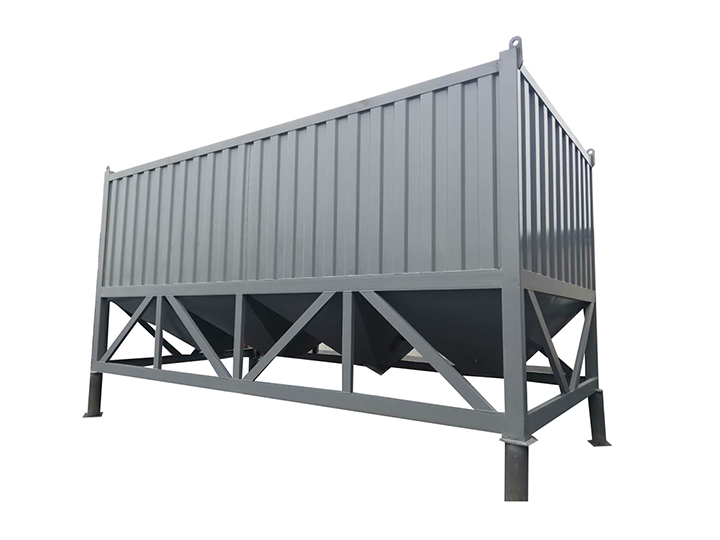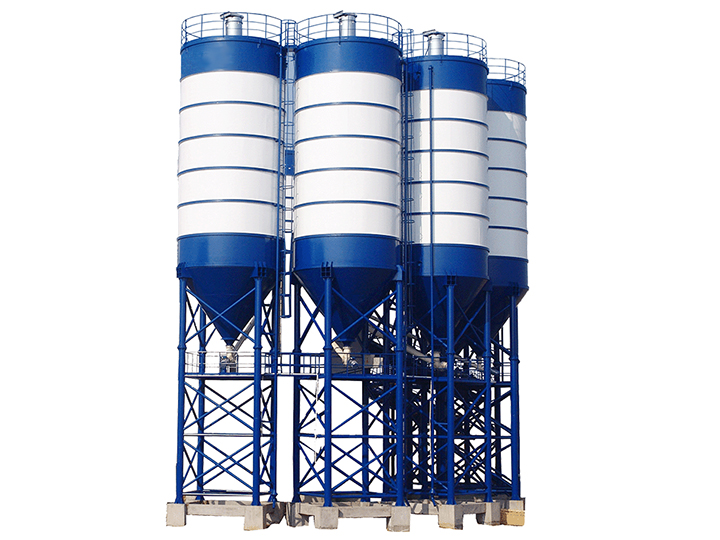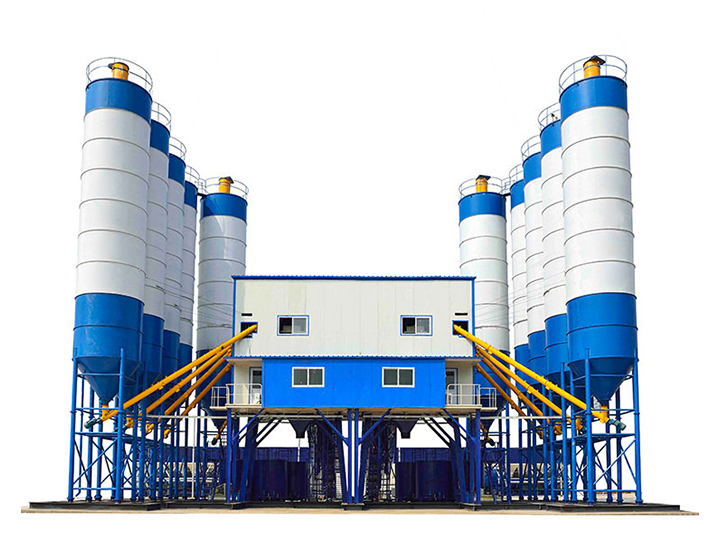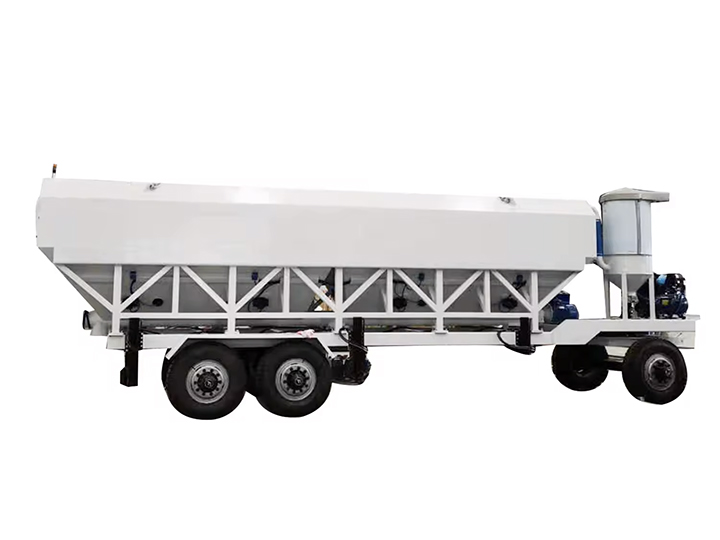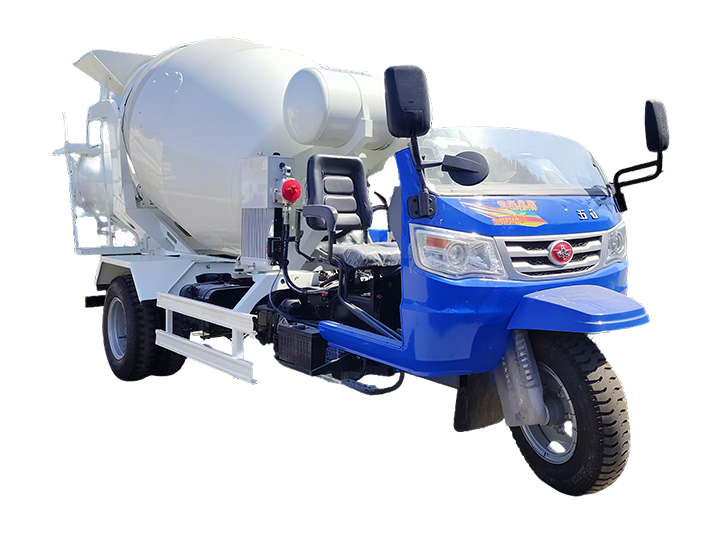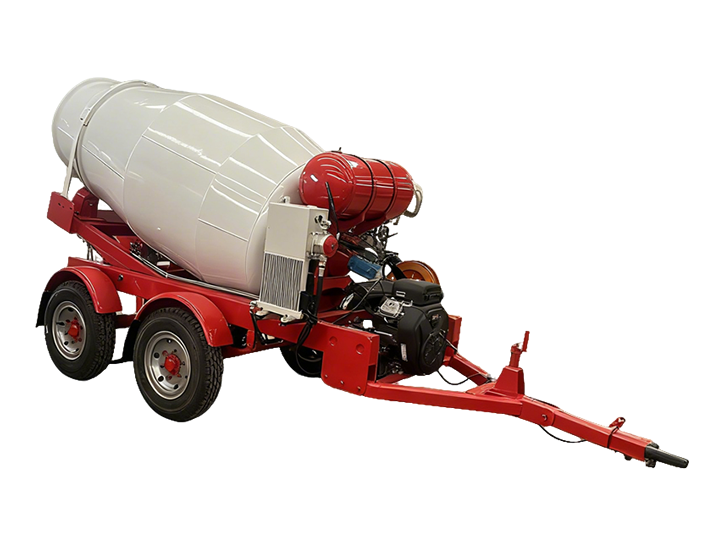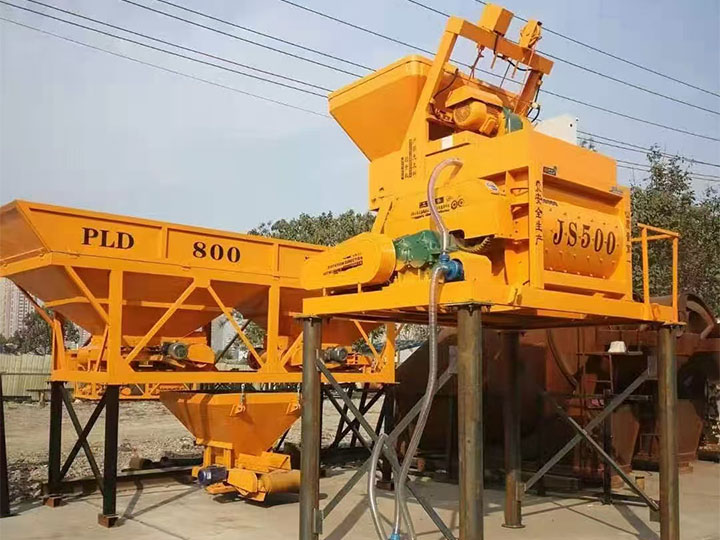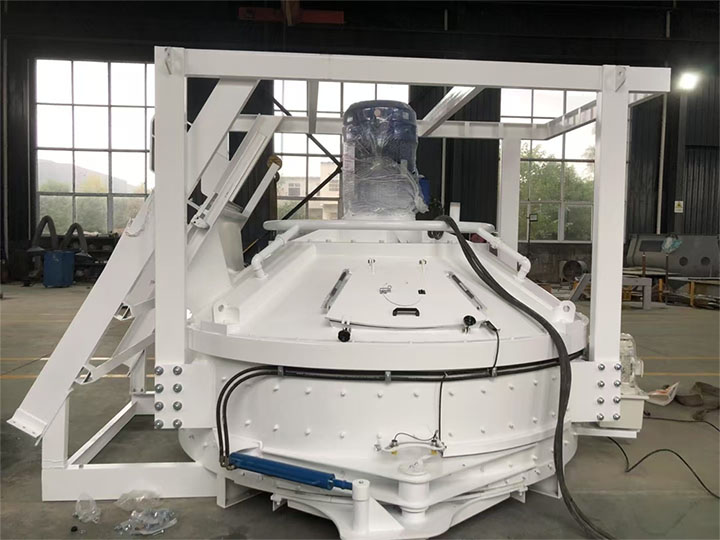1、Market Demand Assessment: Before deciding to invest, it is necessary to conduct a detailed analysis of the concrete demand in the target market. Understand the current and expected levels of construction activity, the competitive environment, and the needs of potential customers. Make sure there is enough market demand to support the operation of the new mixing plant and that your products can meet specific market needs.
2、Site Selection And Logistics Planning: Choosing a suitable geographical location is crucial to the success of a mixing plant. The ideal location should be close to major customers or project sites to reduce transportation costs and time. At the same time, consider the convenience of raw material supply, such as the source of sand, gravel, cement, etc. In addition, attention should be paid to factors such as traffic conditions, land use regulations and environmental protection requirements.
3、Equipment Selection And Technical Configuration: Select the appropriate mixing equipment according to the production scale and budget. Consider factors such as the degree of automation, production capacity, maintenance costs, and energy consumption. Advanced control systems can improve efficiency and ensure consistency in product quality. Make sure that the selected equipment meets local safety standards and environmental regulations.
4、Financial Planning And Risk Management: Develop a detailed financial plan, including initial investment costs, operating costs, expected revenues, and payback periods. Consider the possible risks, such as changes in market demand, fluctuations in raw material prices, etc., and formulate corresponding response strategies. Reasonable funding arrangements and risk management are the key to the success of the project.
5、Compliance With Laws And Regulations And Community Relations: Ensure that the design, construction and operation of the mixing station fully comply with local laws and regulations, including but not limited to regulations on environmental protection, safe production, etc. Actively communicate with local governments and communities and establish good relationships, which will help the smooth progress of the project and the fulfillment of social responsibilities.CCCC First Public Administration Group’s grain Storage project in Zhengzhou completed the construction of the first silo wall sliding mold.This 225,300-square-meter project includes 42 large-diameter silos and 15 bulk silos, capable of storing 668,000 tons of grain.The project not only improves the grain storage capacity, but also adopts advanced hydraulic sliding mold technology, which improves construction efficiency and reduces labor costs.



